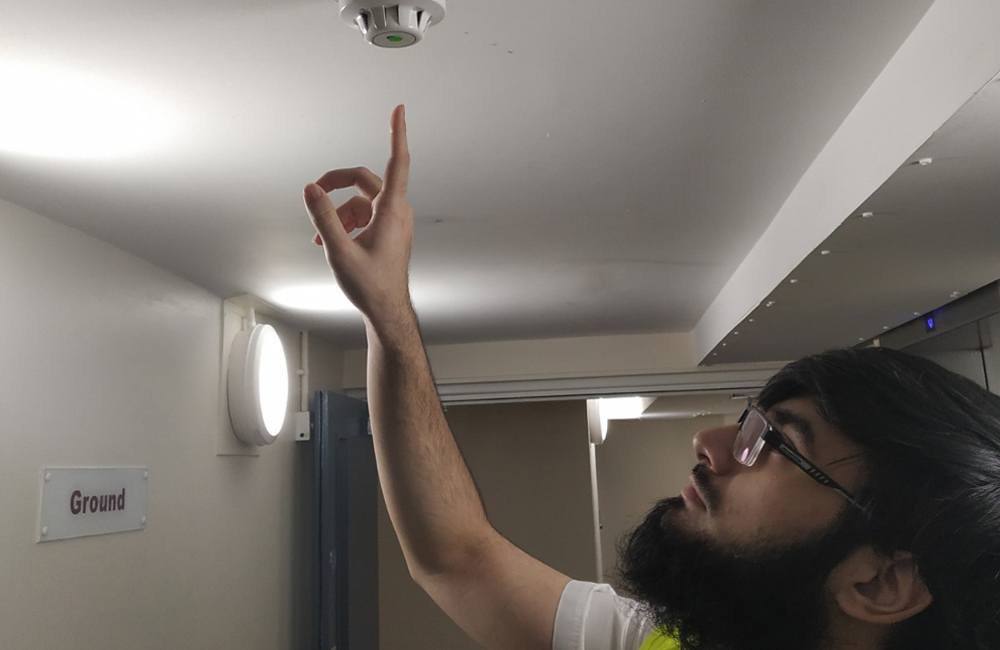Whether you’re moving for work, family, or study, the immigration journey involves intricate legal procedures and paperwork. Given the stakes, obtaining accurate and trustworthy immigration advice is paramount. Here’s a comprehensive guide to finding the best immigration advice, ensuring your journey into the UK is as smooth and successful as possible.

The Office of the Immigration Services Commissioner (OISC)
Start with the OISC, the regulatory body that ensures all immigration advisers in the UK meet certain standards. Advisers regulated by the OISC are trained to give advice and services regarding immigration, asylum, and nationality. You can use the OISC’s online advisor finder to search for regulated advisers based on their location and the type of advice you need. This ensures the advice you receive is from a credible and qualified source.
Solicitors Regulated by the Solicitors Regulation Authority (SRA)
For more complex immigration matters, consider consulting a solicitor. Solicitors specialising in immigration law are regulated by the SRA and possess a deep understanding of the law, policy, and procedures. They can provide comprehensive legal advice, assist with document preparation, and represent you in dealings with the Home Office or in court. The Law Society’s website offers a ‘Find a Solicitor’ tool, which can help you locate a solicitor based on their expertise and your location.
Charities and Non-Profit Organisations
Various charities and non-profit organisations offer free or low-cost immigration advice and services. These organisations, such as the Refugee Council, Citizens Advice, and the Immigration Law Practitioners’ Association (ILPA), can be invaluable, especially for asylum seekers, refugees, and those unable to afford private legal services. They often provide general advice, workshops, and sometimes one-on-one consultation.
Trade Unions and Employer Sponsorship
If you’re moving to the UK for work, your employer or trade union might offer immigration advice services as part of their sponsorship or membership benefits. Some large corporations have legal teams or partnerships with law firms to assist their international employees with the visa process.
Educational Institutions
International students can often receive specialised immigration advice from their chosen university or college. Most institutions have dedicated international offices or student services that provide guidance on visa applications, extensions, and compliance with student visa conditions.
Online Forums and Community Groups
While not a substitute for professional advice, online forums and community groups can offer insights and share experiences about the immigration process. Platforms like Expat Forum and the UK Yankee are populated with individuals who have navigated or are navigating the UK immigration system. These can be good resources for tips, support, and learning from others’ experiences, but always cross-reference any advice with a professional to ensure its accuracy.
Conclusion
Finding reliable immigration advice is a critical step in your UK immigration journey. Whether through regulated professionals, charitable organisations, or institutional support, it’s important to seek advice that is accurate, up-to-date, and relevant to your specific situation. Remember, the right advice can not only alleviate the stress associated with immigration applications but also significantly increase your chances of success.


